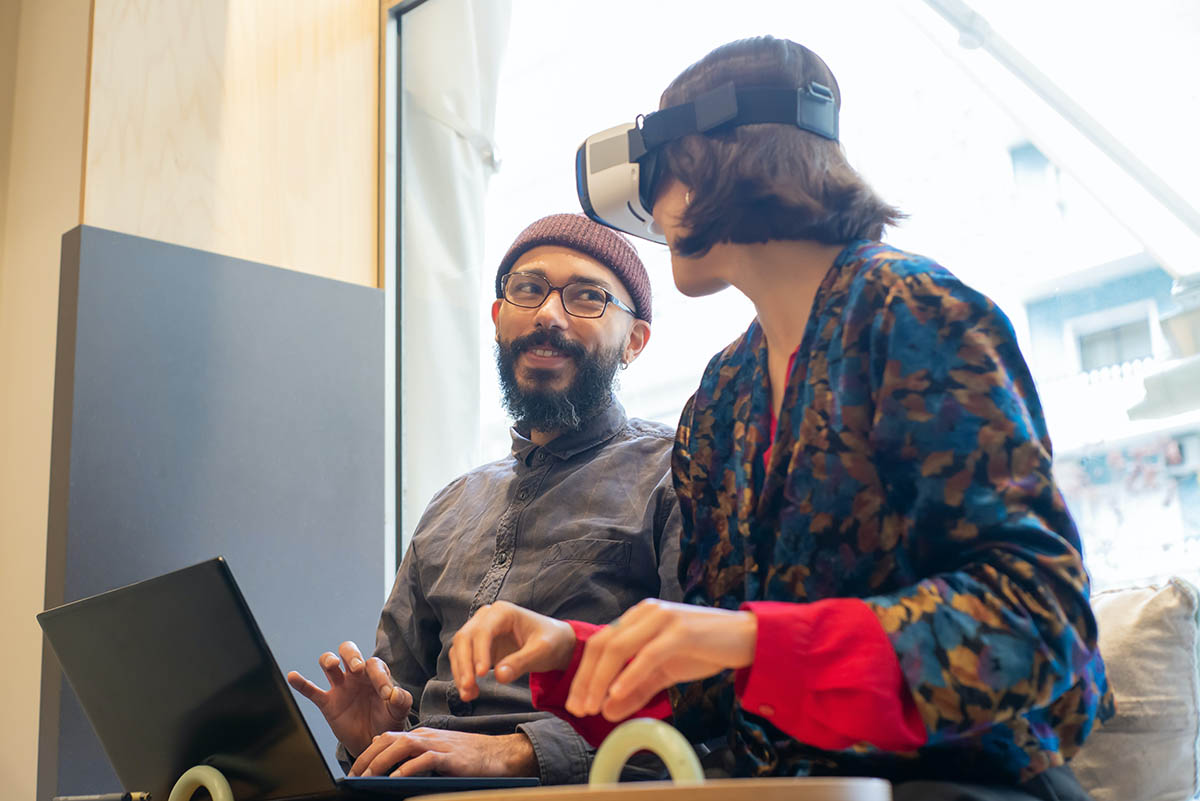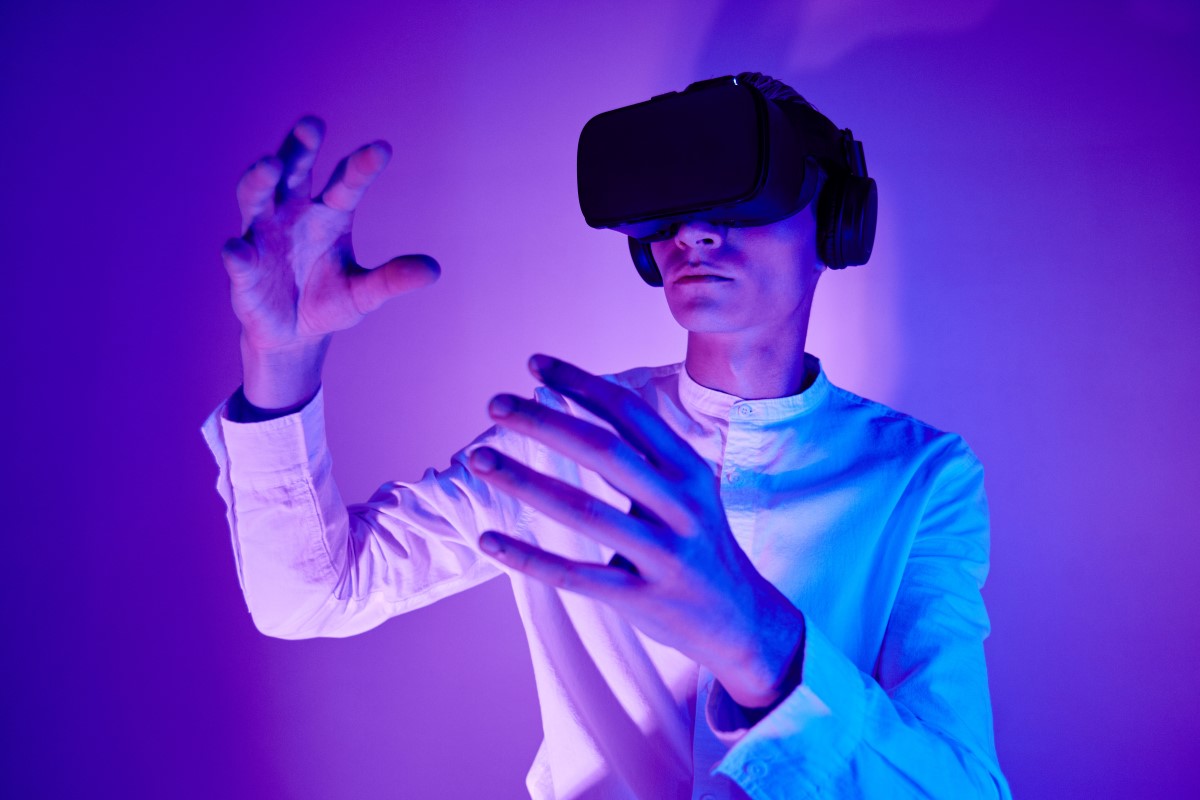Computer vision is the ability of a computer to interpret and understand digital images. This has been made possible through the advancement of AI (Artificial Intelligence) and ML (Machine Learning). Computer vision software can now be used for a variety of tasks, such as facial recognition, image classification, and object detection.
In this blog post, we will discuss the innovation of computer vision with artificial intelligence or machine learning, and how it is changing the way we interact with digital images.
Transforming Computer Science
Artificial Intelligence and Machine Learning have been a major focus of Computer Science research for over 30 years. Computer Vision, one of the areas where it excels, has seen tremendous progress in recent years thanks to advances in deep learning algorithms such as convolutional neural networks (CNN). These types of networks can extract features from images at various scales, making them much better suited for Computer Vision tasks than traditional Computer Science methods.
Computer Science Leveraging AI & ML
Computer Vision is the area of Computer Science where researchers apply artificial intelligence & machine learning to develop intelligent machines that can perceive their surroundings. Computer vision software often combines computer graphics with artificial intelligence or machine learning.
It allows these systems to recognize objects in an image, such as faces; identify people by their facial features; and detect objects of interest, such as cars or pedestrians. Computer vision is used in many applications, including surveillance systems and self-driving vehicles.
Computer Vision has been around for a long time but only recently with artificial intelligence & machine learning, it took off to another level. The progress we will see in Computer Vision is going to be incredible! Stay tuned for more amazing updates.
Is computer vision AI or ML?
Computer vision is a subfield of AI and ML. Computer Vision uses it to recognize objects in images or videos, understand what they are doing, determine their emotional state from facial expressions; and track people’s movements over time. Computer vision can be used for surveillance systems (to identify criminals or terrorists), self-driving vehicles (to avoid collisions), and robotics (to navigate around obstacles). Computer Vision is also used in facial recognition systems that are being implemented by companies like Facebook or Google.
In computer science, computer vision is a subfield of artificial intelligence and machine learning that deals with the task of understanding digital images. It involves methods for acquiring, representing, and analyzing visual data. A large part of Computer Vision is concerned with processing the contents of images and videos to automatically detect objects, faces, or even emotions.
The Computer Vision field has progressed tremendously over the past few years thanks in large part to advances in artificial intelligence & machine learning research. Computer science leverages AI and ML at an amazing pace, which is only going to get better from here. The progress we will see in Computer Vision is going to be incredible.
What Type of Machine Learning Does Computer Vision Use?
Some of the most popular machine learning models for computer vision applications are Neural Networks (NN), Probabilistic Graphical Models, and Support Vector Machines (SVMs). Usually, Support Vector Machines (SVM) apply machine learning in observing, analyzing, and processing datasets.
What Are The Applications of Machine Learning in Computer Vision?
There are a lot of algorithms out in the world that can be used for machine learning. However, some of the examples of algorithms used in computer vision include Support Vector Machine (SVM), k-means clustering, and neural networks.
The latest applications of machine learning in computer vision include the extraction of useful information (such as documents, graphics, images, and videos), object classification, and object detection.
How is Computer Vision Related to Computer Science?
With the recent advances in computer vision, computers can now identify and process objects with a level of sophistication comparable to that of the human eye. The benefit of this technology is not only about being able to replicate what we do but also expanding upon it by taking on more tasks than ever before. For years, Computer vision has been limited in its application, but this has greatly changed.
Conclusion
Computer vision is a fascinating field of computer science that has made tremendous advances in recent years due to the incorporation of AI and ML. With these technologies, computer vision can recognize objects in digital images and videos with incredible accuracy. Computer vision is used in many applications, including surveillance systems, self-driving cars, and more.
Computer vision has been around for decades, but artificial intelligence & machine learning have revolutionized the field in recent years. Computer vision software often combines computer graphics with artificial intelligence or machine learning.








